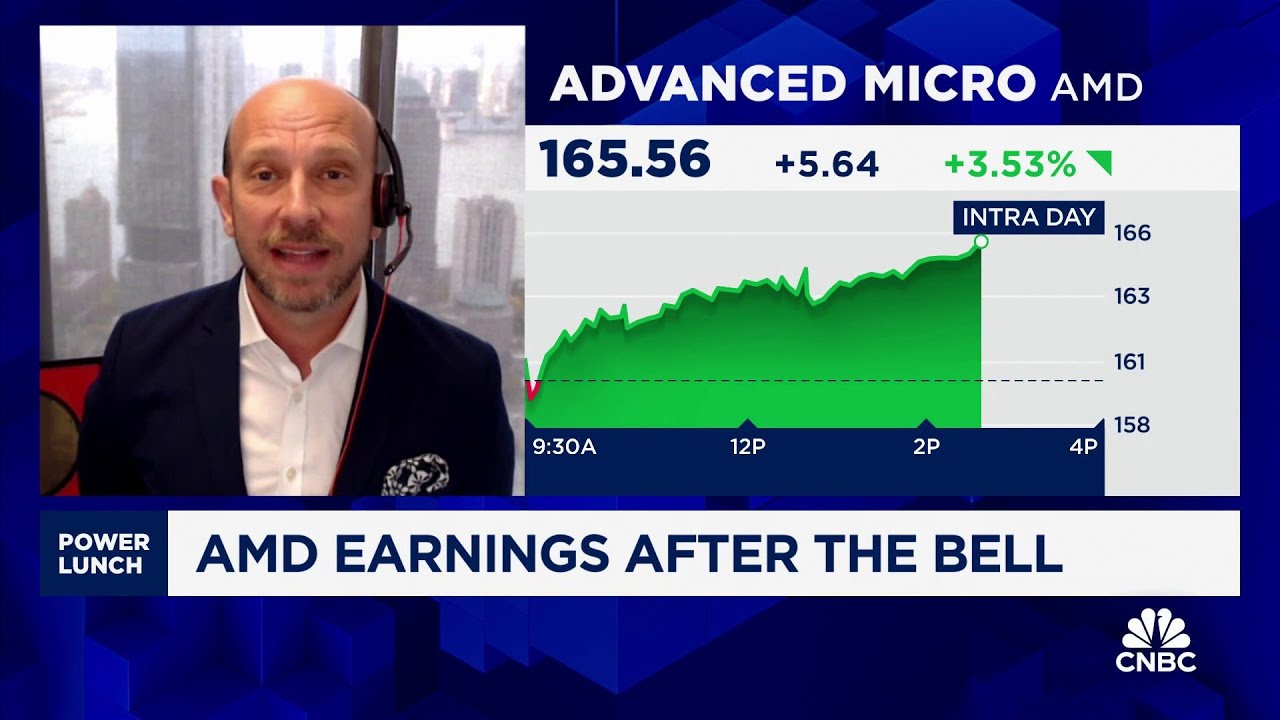Christopher Rolland, a semiconductor analyst from Susquehanna, discussed AMD’s challenges in the AI market, emphasizing that while AMD’s hardware is improving, it still lags behind Nvidia, particularly in software capabilities like the CUDA platform. He highlighted the importance of AMD’s CEO reassuring investors about sales figures and the need for a robust software strategy to effectively compete with Nvidia’s established dominance.
In a recent discussion, Christopher Rolland, a semiconductor analyst from Susquehanna, shared insights on AMD’s position in the AI market compared to Nvidia. He expressed optimism that AMD might boost its outlook for the full year but cautioned that the buy-side sales estimates for AI accelerators could be overly ambitious for the upcoming year. Rolland emphasized the need for AMD’s CEO, Lisa Su, to reassure investors about achieving significant sales figures, particularly with the MI300 processor, to narrow the competitive gap with Nvidia.
Rolland highlighted that while AMD’s MI300 and the next-generation 325 processors are impressive pieces of hardware, the company still lags behind Nvidia in terms of software capabilities. Nvidia’s CUDA platform is the industry standard for AI processing, giving it a substantial advantage. AMD’s recent acquisition of ZT Systems aims to enhance its systems approach, but Rolland noted that the company is still far from achieving the same level of integration and support that Nvidia offers.
The conversation also touched on the historical context of AMD’s competition with Intel in the 1990s. Rolland pointed out that even if AMD develops technology that is comparable to Nvidia’s, the challenge remains in convincing companies to switch from established Nvidia products. He argued that the difference in performance between AMD and Nvidia’s processors is significant, making it a tough sell for businesses that have already invested heavily in Nvidia’s ecosystem.
Rolland reiterated that the key to AMD’s success lies in improving its software offerings. He stressed that while AMD’s hardware is closing the gap, the lack of a robust software platform hampers its competitiveness. For AMD to effectively challenge Nvidia, it must not only enhance its hardware but also develop a comprehensive software strategy that can attract developers and users.
In conclusion, while AMD has made strides in hardware development, it faces an uphill battle against Nvidia’s established dominance in the AI space. Rolland’s insights suggest that for AMD to gain traction, it must focus on bridging the software gap and convincing investors and customers of its potential to compete effectively in the rapidly evolving AI market.
